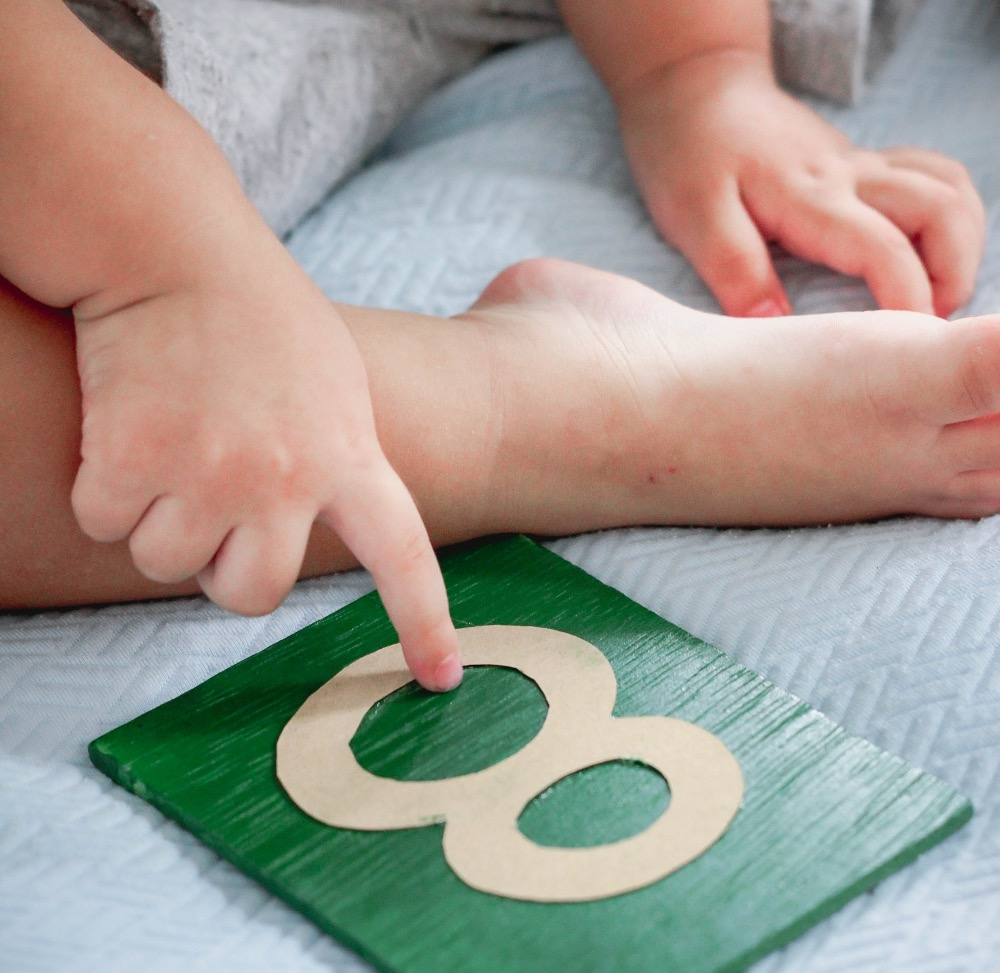
January is a great time for reminders… for many schools, this is the return to the work cycle after an extended holiday. For others, it may be the beginning of the academic year. Whether you're comfortable and at ease or beginning a new community, take the time to remind yourself of some of the Montessori basics.
The Three Period Lesson is one of the earliest of Montessori's techniques, adopted from Edouard Seguin, a French educational theorist and physician whose work expanded our understanding of learners with special needs. We see his influence in other materials in the classroom, especially in the sensorial and early math materials, and the influence of his mentor, Jean Marc Gaspard Itard, in some of the materials we think now as being iconically "Montessori."
The Three Period Lesson is the structure through which most nomenclature is adopted in Montessori classrooms, broken into an introduction to new vocabulary, abundant opportunity to practice that vocabulary, and then a demonstration of mastery. In the first period, the teacher names the concept to be learned. "This is a trapezoid." "This is indigo." Using a concrete example, the teacher offers the child the opportunity to manipulate the thing she is naming. A teacher introducing the numerals, for example, will have with her a sandpaper numeral. "This is seven," she may say, tracing the numeral with her fingers and inviting the child to do so as well. Parents use this technique at home all the time, without even noticing it. "See the dog?" "That's a truck!" We understand that, young children without expansive vocabularies, need to have clear, simple language to learn new words. We name them for children simply and directly, drawing attention to the one and only thing it is we are naming. We would not, for example, look at a poinsettia and say to our child, "This is green," even though there are parts of the poinsettia that are green. Instead, we'd say, "Look at the beautiful poinsettias!" or "Grandma has brought us a lovely poinsettia for the kitchen." We would, though, spend time with our children looking through books of colors, pointing out "This is a green lizard. This is a green umbrella," and so on, understanding that when we want the child to adopt vocabulary, we can isolate that vocabulary. Naming comes naturally to most parents, and is a cornerstone of how new vocabulary is adopted in the classroom.
After the child has received the First Period, the teacher will give lots of opportunities for practice through the Second Period, when children are asked to recognize the vocabulary. "Can you show me the eight?" a teacher might ask, offering the child a sandpaper five and a sandpaper eight. " Can you show me the five?" "Where is North America?" "Which is the ovoid?" "Can you find a rectangular prism in the room?" "Can you bring me the sandpaper S?" Practice, practice, practice… we will play games with children, place items around the room for memory in retrieval, offer new alternatives to compare them to, spending abundant time allowing children to explore and recognize new language before we expect them to master it.
Only after we've seen the child regularly recognizing language accurately, we will invite him or her to the Third Period: remembering. A teacher might place two or three geometric solids on a table, and ask the child to name each of them. Although this demonstration of mastery is the intent of the lesson, the Third Period is the shortest and the most delayed. While some anxious teachers and parents may want to move along the first two periods, we never invite the Third Period unless we are confident the child will be successful. In short windows, a child may be able to move quickly through the First, Second and Third Periods, but in order to retain the integrate the vocabulary, the child needs ample time for the Second Period practice.
In the classroom and at home, it's important to remember this distinction: just like in any standardized testing, children can retain specific information for short periods of time without really understanding it, the same way that you can cram for a test, do well and then immediately forget the concepts on which you were tested. This isn't real learning. For the child to internalize the language, he or she needs to practice it in real, authentic experiences, moving the object about, retrieving it from the cupboard, putting it away, being reminded in lots of little actions of the vocabulary attached. Take the time to play with language in this Second Period- with toddlers, it may take weeks or even months for a child to recall reliably the Second Period. With children in Early Childhood, it may be many days. But even with older students and adults, we need to have applied practice using the vocabulary before we're able to demonstrate that we've mastered it. The Montessori classroom allows time for this practice, through repetition, patience, and observation, moving forward to the demonstration of mastery only when we know the child will be able to succeed.
#ForParents #ForTeachers #Theory #General
